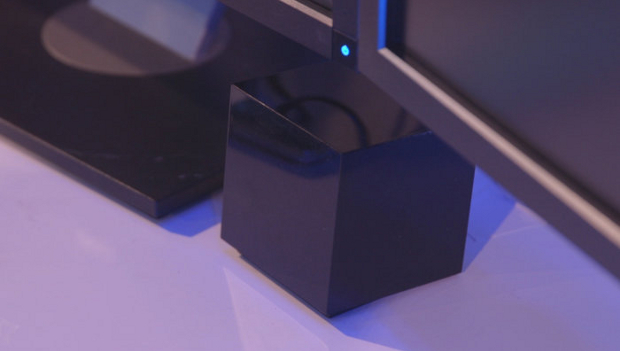The stars are finally aligned for WiGig, an ultra-fast, short-range wireless network that took a long time to become a reality.
On Monday, the Wi-Fi Alliance launched a certification process for WiGig products, which will go as fast as 8Gb/s and could include virtual-reality headsets and high-speed office Wi-Fi zones.
The technology was announced in 2009 and is based on a standard, IEEE 802.11ad, that’s now available in some shipping products. But the official WiGig logo will assure buyers that networks and devices from different vendors can work together out of the box. That’s a crucial issue for almost anyone investing in network gear.
WFA, which took over WiGig in 2013, had planned to start approving products that year. But technical challenges that come with communication over extremely high frequencies took extra time, said Kevin Robinson, WFA’s vice president of marketing. Also, WFA had to wait until there was a broad array of different products to test for interoperability, he said.
But this may prove to be good timing. Compelling uses for WiGig’s high speed and low latency have only begun to emerge in the past year or so, said Tirias Research analyst Jim McGregor.
“Sometimes technology leads the application, and in a lot of ways this was a technology looking for an application,” McGregor said.
Virtual reality is one such application. Connecting a high-definition head-mounted display to a PC without a cable requires the kind of multigigabit speed and low latency (below 10 milliseconds) that the new network can offer. Unwiring the HMD helps give users more freedom of movement, a critical factor in VR gaming and other experiences.
“There’s this huge desire to eliminate that cord,” McGregor said.
WiGig can act like a Wi-Fi wireless LAN, too, except over a shorter distance of about 10 meters. Wi-Fi networks can hand users off to WiGig, and vice versa, so workers can automatically get the capacity they need to do work in a crowded meeting or stream video to a big conference-room display.
Other applications may include wireless docking, high-speed gaming and multimedia streaming between devices. Mobile operators could use it for high-capacity links between cells and wired networks, another quickly emerging use as cellular use increases.
The emerging technology behind WiGig is millimetre-wave wireless, a set of techniques that let networks send data over higher frequencies than have ever been used in mainstream networking. WiGig uses the 60GHz band, home to a wide swath of spectrum that’s unlicensed, just like the channels used by Wi-Fi. The cellular world is also eyeing millimeter-wave bands, including 60GHz, for future 5G networks.
To connect at frequencies that high, wireless developers are taking the beam-forming, multiple-antenna technologies used in things like IEEE 802.11ac Wi-Fi to another level. The tightly focused signals these networks create could help to prevent WiGig and cellular from clashing if they’re both used in the same area, WFA’s Robinson said.
Vendors can start submitting products for testing immediately. A handful of products and reference designs from companies including Dell, Intel and Qualcomm have already been certified. It’s likely that many of the 802.11ad products already on sale will be submitted and certified, Robinson said.
IDG News Service








Subscribers 0
Fans 0
Followers 0
Followers